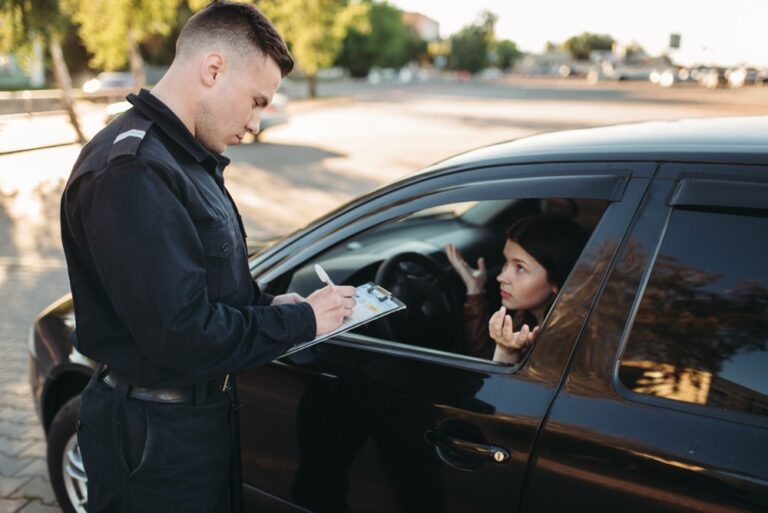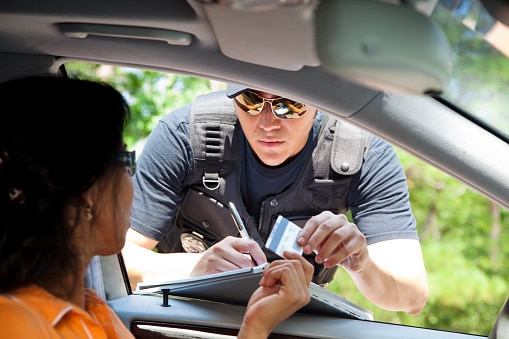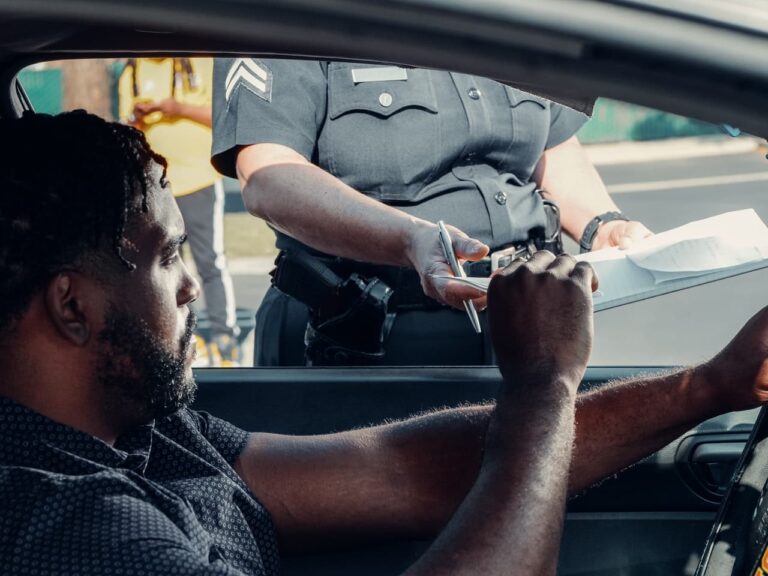The whole seat belt thing seems pretty simple. Get in the vehicle, put on the seat belt, drive. However, deaths in a traffic collision because of not wearing a seat belt accounted for about 30% of fatalities in 2014. That was an increase from the years before.
According to statistics from Transport Canada, in 2014 it was an increase in passengers who were not wearing seat belts that resulted in death or serious injuries.
So it seems proper to give a refresher on seat belt laws to keep everyone safe on the roads.
Let’s start with the basics:
- Drivers must wear a seat belt
- Passengers 16 years or older must sit in a seat with a seat belt, and wear the seat belt. This means that if you’re 16 or older, you can be charged for not wearing a seat belt. If the person is under 16 and not wearing a seatbelt, the driver will be charged for that passenger not wearing a seatbelt.
Gone are the days where you can ride in the back of a pickup truck without any care, or when four people can squeeze in the back where there are only three seat belts. Essentially, every passenger in the vehicle must be sitting in a seat with a working seat belt.

Also, gone are the days when everyone and everything could jump in the front seat of the vehicle. Now it is against the law to have a crowded driver’s seat. The HTA states, “No person shall drive a motor vehicle with persons or property in the front or driver’s seat so placed as to interfere with the proper management or control of the motor vehicle.” This means no children, no pets, no bags or anything that interferes with the driver having proper control of the vehicle.
Another thing to know is that not only must all passengers and drivers wear a seat belt, but they must wear it properly.
It is common for a driver to receive a ticket for not wearing a seat belt, when they are wearing the seat belt incorrectly. If it’s not on properly, it’s a ticket.
Exactly how does one wear a seat belt? The Highway Traffic Act describes it for us:
(5) A seat belt assembly shall be worn so that:
(a) the pelvic restraint is worn firmly against the body and across the hips;
(b) the torso restraint, if there is one, is worn closely against the body and over the shoulder and across the chest;
(c) the pelvic restraint, and the torso restraint, if there is one, are securely fastened; and
(d) no more than one person is wearing the seat belt assembly at any one time. 2006, c. 25, s. 1.
That means no putting the torso strap behind you, no buckling the seat belt and sitting over it rather than under, or any other manner of ways someone can think of wearing a seat belt that is not the correct way to wear a seat belt.
However, there are a few times when a person in vehicle does not have to wear a seat belt. These are:
- When the person is driving the vehicle in reverse
- If the person has a certificate signed by a medical professional that they cannot wear a seat belt due to medical reasons, or the size, build or other physical attributes
- If the person is regularly getting in and out if the vehicle at frequent intervals and is not driving above the speed of 40km/hr (ex. Garbage truck drivers or downtown couriers)
So, unless you have a medical reason not to, wear your seat belt. They are one of the easiest ways to stay safe while driving.
Every situation is different. Remember you have a right to fight your ticket. At Bulwark Legal Services we provide free consultations. You can go to our website and send us a copy of your ticket. We will help you decide the right course of action to take.




